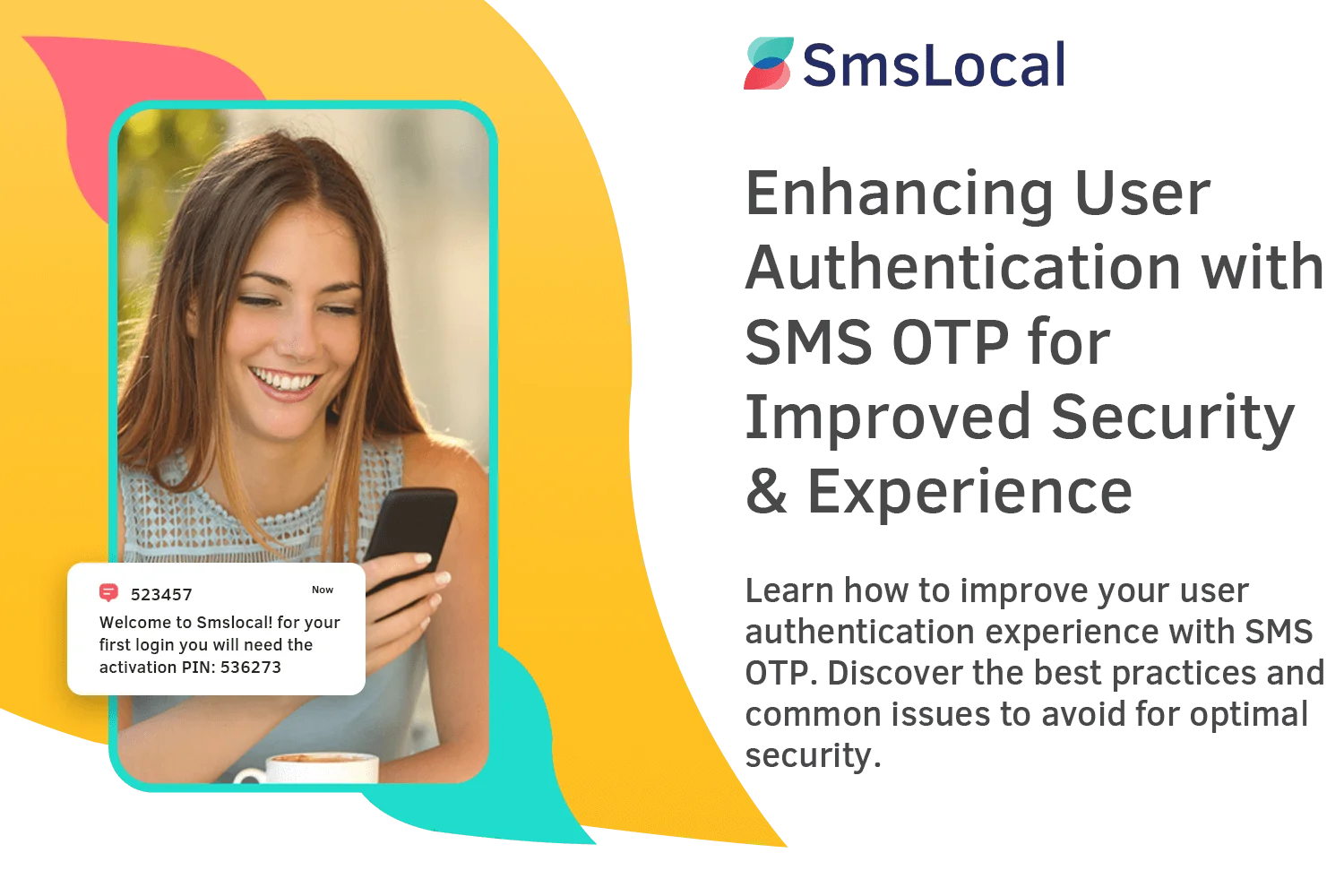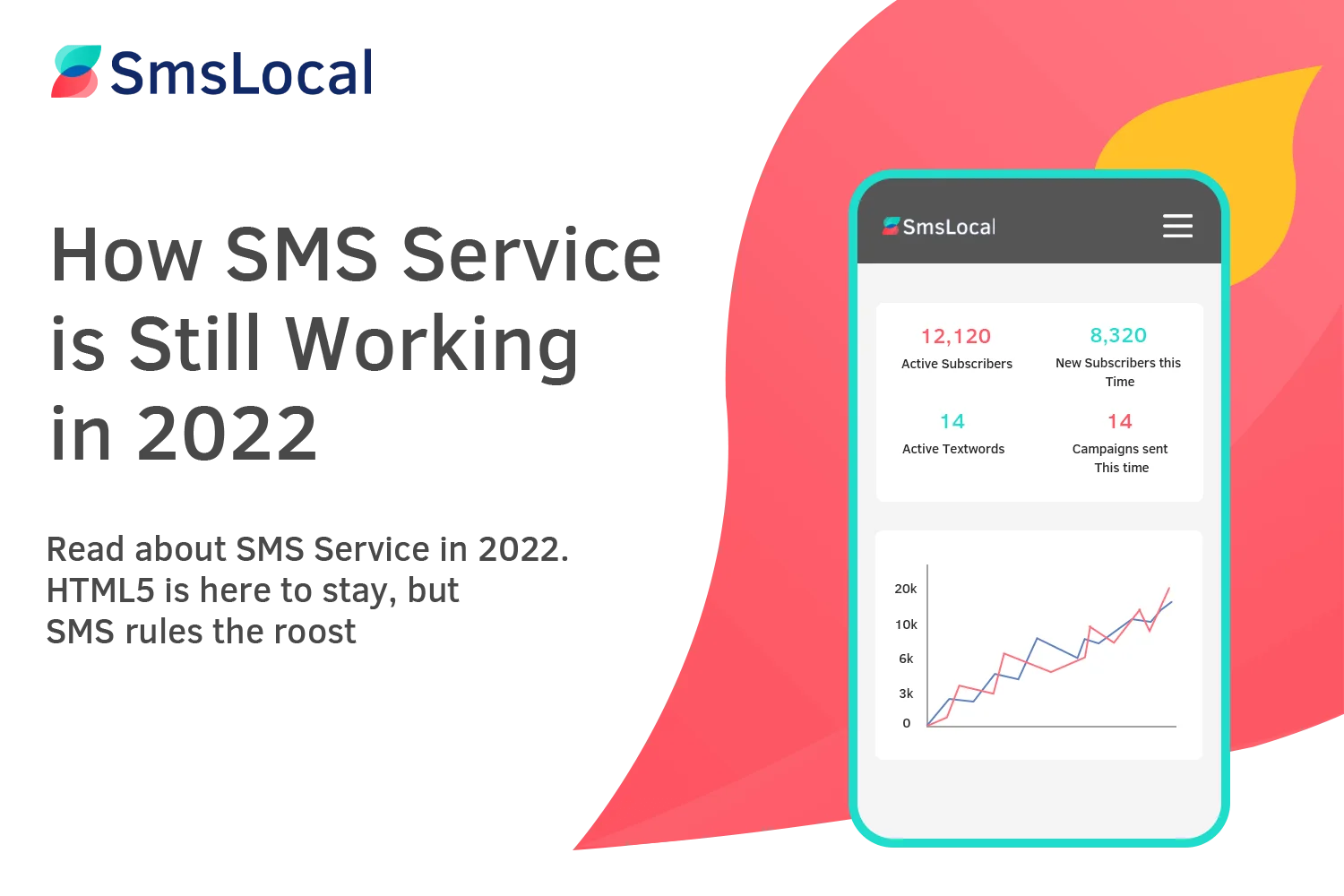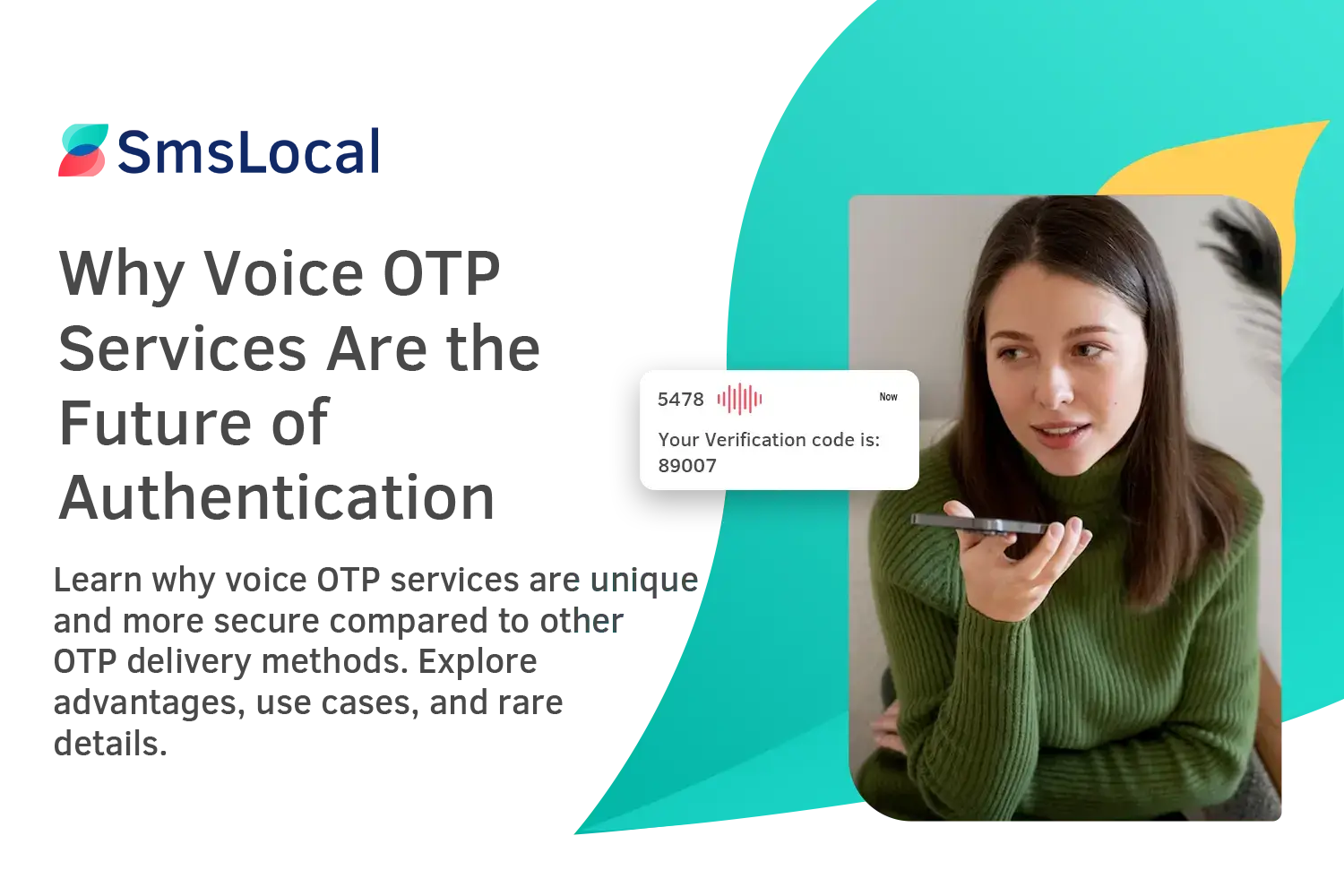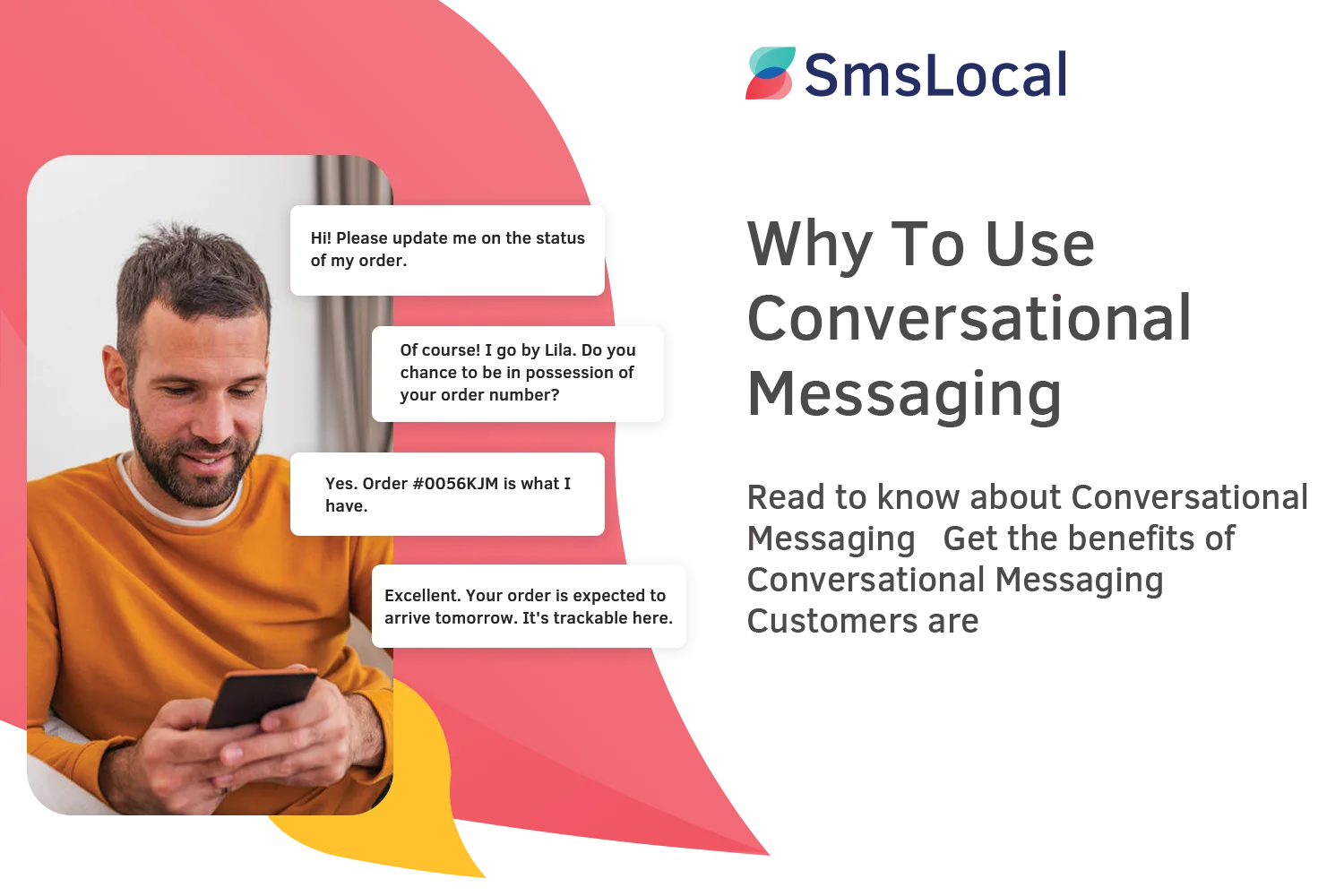Fortify Your Authentication: Enhancing Security and Experience with SMS OTP”
The Importance of SMS OTP in User Authentication
In today’s digital age, user authentication is becoming increasingly important. With the proliferation of online services and applications, users are required to authenticate themselves on various platforms throughout their daily lives. To ensure security and prevent fraud, many businesses rely on one-time passwords (OTPs) as a form of two-factor authentication.
SMS OTP security is one such method that has gained widespread popularity due to its ease of use and accessibility. SMS OTP involves the sending of a unique code to a user’s mobile device via text message.
This code is then entered into the online service or application as part of the authentication process. The use of SMS OTP security adds an extra layer of security by requiring not only something that the user knows (such as a password), but also something that they possess (their mobile device).
The benefits of using SMS OTP security in user authentication are numerous. Firstly, it provides an additional layer of security that helps protect against phishing attacks, where attackers attempt to steal login credentials by posing as legitimate entities.
Secondly, it is relatively easy to implement and cost-effective for both businesses and users alike. Unlike hardware tokens or other forms of two-factor authentication, SMS OTP does not require any additional hardware or software installations.
The Benefits of an Improved User Authentication Experience
While SMS OTP security provides a level of security in user authentication, there are some common issues associated with this method that can impede the user experience. For example, delayed delivery can occur due to network connectivity issues or high traffic volumes during peak hours. This can be frustrating for users who may need immediate access to the platform.
An improved user authentication experience with SMS OTP security addresses these issues by providing faster delivery times and more reliable connectivity options through multiple channels such as email or voice calls. Additionally, personalization and customization options for SMS messages can help increase engagement with users.
Integrating biometric authentication with SMS OTP security can also enhance the user experience by allowing for more seamless and secure authentication. Biometric authentication methods, such as fingerprint or facial recognition, provide a convenient and secure way for users to authenticate themselves without having to remember or enter complex passwords.
Overall, an improved user authentication experience with SMS OTP security can lead to increased user satisfaction and loyalty, as well as increased trust in the platform’s security measures. In the next section, we will discuss some of the common issues that can arise with SMS OTP, and how these can be addressed to provide an even better user experience.
Understanding SMS OTP
Definition and Explanation of SMS OTP
SMS OTP (Short Message Service One-Time Password) is a commonly used method of two-factor authentication. It is a type of security feature that involves sending unique codes to a user’s mobile phone via text message, which they then enter into the login page or application.
The purpose of SMS OTP security is to add an extra layer of security to the authentication process, making it harder for hackers to gain access to sensitive information. When a user attempts to log in or perform certain actions on an application or website that requires authentication, they are prompted to enter their username and password.
Once this information has been verified by the system, the user is then required to enter an SMS OTP security code that has been sent to their mobile phone. This code must match the one generated by the system in order for the user to be granted access.
How it Works in User Authentication Process
The process begins with the user attempting to log in or perform a specific action that requires authentication. They will be prompted for their username and password as usual, but once this information has been entered correctly, they will receive an SMS notification with a one-time passcode (OTP). This passcode is typically six digits long and expires after a set period of time.
The user then enters this code into the designated field on the screen within this time frame before it expires, at which point they will be granted access if everything matches up correctly. This process adds an additional layer of security beyond just usernames and passwords alone because even if someone gains access or guesses your password somehow; they cannot complete any actions without having physical possession of your phone as well.
Understanding how SMS OTP works in user authentication processes is essential for secure online transactions and data protection. The next section outlines some common issues users may encounter when using SMS OTP and how to improve the user authentication experience.
Common Issues with SMS OTP
Delayed delivery
One of the most common problems with SMS OTP security is delayed delivery. SMS messages may not be delivered instantly, which can create a frustrating experience for users who are trying to access their accounts. This delay can cause users to doubt the reliability of the system and may even prevent them from using it in the future.
There are several reasons why SMS OTP security messages may be delayed. One reason is network congestion.
If there are too many messages being sent at once, some messages may be held up in queues until there is space on the network to deliver them. Another reason for delayed delivery could be technical issues with the mobile carrier’s infrastructure.
To reduce delivery delays, businesses using SMS OTP should partner with reliable mobile carriers who have sufficient capacity to handle high volumes of traffic. Additionally, implementing a real-time monitoring system can help detect and resolve any issues that may be causing delays.
Network connectivity issues
Network connectivity issues can also impact the effectiveness of SMS OTP as a user authentication tool. Poor network coverage or disruptions due to maintenance or natural disasters can prevent users from receiving their OTP security messages.
To mitigate this issue, businesses should consider implementing multi-channel authentication options in addition to SMS OTP security . This means giving users alternative ways of receiving their OTP security such as through email or voice calls.
Security concerns
While SMS OTP has proven effective in reducing fraud and unauthorized account access, it is not immune to security risks. One common security concern is SIM swap fraud where an attacker obtains control over a victim’s phone number by replacing their SIM card with one that they control. Another risk associated with SMS OTP security is phishing attacks where attackers trick users into sharing their login credentials by posing as legitimate service providers and requesting sensitive information such as usernames and passwords via text message.
To combat these risks, businesses need to ensure that their SMS OTP system is protected by strong security measures such as multi-factor authentication and encryption. It is also important to educate users about the risks of phishing attacks and advise them to be cautious when entering sensitive information via text messages.
The impact of common issues on user experience
The common issues with SMS OTP security can have a negative impact on the user experience. For instance, delayed delivery can cause frustration and doubt in the system’s reliability.
Network connectivity issues can hinder access to the service altogether, leading to decreased customer satisfaction. Security concerns can result in data breaches and compromised user accounts, causing reputational damage for businesses.
Businesses need to prioritize user experience when implementing an SMS OTP security system. This means taking measures to minimize delivery delays, ensuring users have alternative authentication options in case of network disruptions, and implementing strong security measures to protect against fraud and other risks.
Conclusion
Despite its effectiveness in reducing unauthorized account access, SMS OTP security is not without its challenges. Common issues such as delayed delivery, network connectivity problems, and security concerns can impact the reliability and overall user experience. To get the most out of an SMS OTP system while overcoming these challenges, businesses should partner with reliable mobile carriers with sufficient capacity to handle high volumes of traffic; implement multi-channel authentication options in addition to SMS OTP; take strong security measures such as multi-factor authentication and encryption; educate users about potential risks associated with phishing attacks; prioritize user experience by minimizing delivery delays and ensuring alternative authentication options are available during network disruptions.
Improving User Authentication Experience with SMS OTP
Use of multiple channels for delivery (voice, email)
SMS OTP is a reliable method for providing authentication to users. However, it has its limitations, like delayed delivery and network connectivity issues. To improve the user authentication experience with SMS OTP security, businesses can use multiple channels for delivering OTPs.
For instance, voice or email channels can be utilized to provide an alternative medium of communication when SMS delivery fails or has a delay. Voice-based OTP security authentication involves sending an automated phone call to the user and providing them with a one-time code over the phone that they can enter into the application.
Similarly, email-based authentication involves sending an email including an OTP security to the user’s registered email address. Using multiple channels ensures that users receive their OTPs promptly and in cases of failure on one channel; there is another platform available that they can use instead.
Personalization and customization options
The customization of SMS messages delivered during two-factor authentication will go a long way in boosting engagement levels from customers. By utilizing APIs offered by messaging providers like Twilio or Nexmo, developers can personalize messages sent to users; this could include their name or other information provided during registration. Customization also extends to the message templates used in communication with customers.
Businesses should strive towards creating engaging message templates that are tailored towards their target audience while still ensuring security compliance for sensitive information transmission. Moreover, personalization through images and graphics further enhances customer engagement rates as it makes it easier for users to associate such media with your service quickly.
Integration with biometric authentication
Biometric authentication serves as an additional layer of security when integrated with SMS-based One-Time Password (OTP). With more smartphones than ever featuring built-in fingerprint sensors, businesses need only integrate this functionality into their app flow seamlessly.
Fingerprint scanning technology is scalable, cost-effective, and has a low barrier to entry. This helps to reduce the likelihood of hacks and breaches significantly.
Additionally, integrating biometric authentication with SMS OTP security saves users time in re-entering usernames or PIN codes repeatedly. Personalization, customization options, and integrations with biometric authentication are practical strategies that improve the user experience when using SMS OTP for two-factor authentication.
Using multiple channels also enhances reliability while ensuring OTP security delivery promptly. Businesses that provide these options can expect higher rates of customer engagement and satisfaction.
Best Practices for Implementing Improved User Authentication Experience with SMS OTP
Consistent communication with users about changes or updates to the system
One of the most important aspects of implementing an improved user authentication experience with SMS OTP is consistent communication with users. Businesses should make sure to keep their customers informed about any changes or updates to the system, including how it may affect their user experience. This can be done through a variety of channels such as email, text messages, or push notifications.
It’s important for customers to understand how SMS OTP security fits into the overall security strategy of a business and what measures are being taken to ensure their personal information is protected. This not only helps build trust between businesses and their customers but also ensures that they feel confident in using SMS OTP for user authentication.
Regularly testing and monitoring the system for any issues or vulnerabilities
Another best practice for implementing an improved user authentication experience with SMS OTP securit is regularly testing and monitoring the system for any issues or vulnerabilities. This includes both technical testing and usability testing.
Technical testing involves running regular checks on the system to identify any bugs or security vulnerabilities that could potentially compromise customer data. Usability testing involves assessing how easy it is for customers to use SMS OTP and making adjustments based on feedback received.
Businesses should have a dedicated team responsible for regularly testing and monitoring the system, as well as developing strategies to address any issues that arise. By taking a proactive approach to identifying and resolving potential issues, businesses can ensure that their customers have a seamless user experience when using SMS OTP for authentication.
The Benefits of Consistent Communication and Regular Testing
Consistently communicating with users about changes or updates to the system can help build trust between businesses and their customers. It shows that businesses are committed to ensuring customer safety while using their services, which can improve customer loyalty over time.
Regularly testing and monitoring the system for any issues or vulnerabilities can help businesses identify and address potential problems before they become major issues. This ensures that customers always have a reliable, efficient user authentication experience with SMS OTP.
The Risks of Inconsistent Communication and Neglecting Testing
On the other hand, neglecting to communicate with users about changes or updates to the system can result in confusion or frustration. Customers may not understand how to properly use SMS OTP if they are not provided with clear instructions, which can lead to errors and security vulnerabilities.
Neglecting regular testing and monitoring of the system can also lead to major security vulnerabilities that could compromise customer data. Businesses that do not take a proactive approach to identifying and addressing these issues risk losing customer trust over time.
Conclusion
Implementing an improved user authentication experience with SMS OTP requires consistent communication with users about any changes or updates to the system, as well as regular testing and monitoring of the system for any issues or vulnerabilities. These best practices help build trust between businesses and their customers while ensuring a seamless user experience when using SMS OTP for authentication. By taking a proactive approach to identifying and addressing potential problems, businesses can protect both themselves and their customers from security breaches that could compromise personal information.
An improved user authentication experience with SMS OTP is essential for both users and businesses. SMS OTP is a widely used method of second-factor authentication that provides an extra layer of security to protect sensitive information and assets. However, the traditional approach to using SMS OTP has several shortcomings.



























